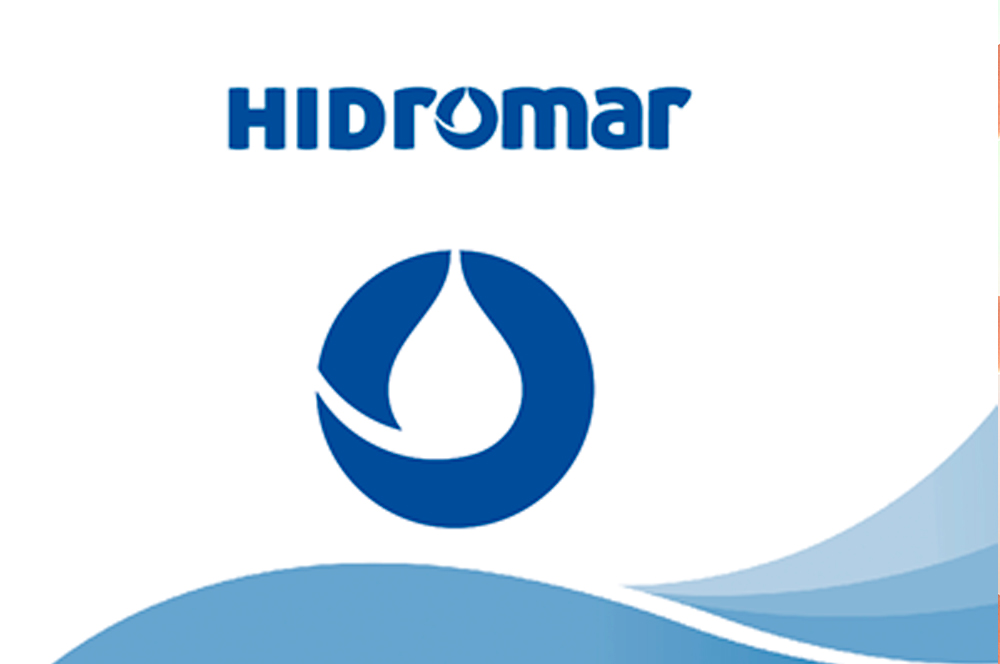Nowadays we are used to reading, hearing, and even using the term BIO, but what does it really mean? The etymological origin of BIO is Greek, and its meaning in the ancient language is “life”. Thus, for example, we use biology as the science that studies life, or biography as the narration of a person’s life. Also, in other purposes more related to our industry, such as biochemistry, biofuel, biopolymers, bioresins; or in terms of food to indicate that they are natural, without additives, preservatives, pesticides, etc.
One of the most frequent uses in which the term is currently employed is as a prefix to express the natural origin of goods or things. Therefore, in reference to products such as varnishes or paints, the prefix BIO is also applied when we want to express that the raw materials used for its manufacture have a natural origin, this means that it has been dispensed in whole or in part, of non-natural sources such as fossil fuels (oil).
In Omar Coatings, faithful to our ideal of responsibility in the preservation of the environment and as a result of a long research in the R+D+i department, in collaboration with the most prestigious suppliers of raw materials, we offer our customers a full range of BIO products, with the trade name of HIDROMAR BIO, for interior and exterior applications. As can be seen from the trade name, this new series is formulated water-based, which means that the total BIO product (remaining solid + water) is over 75% in all the products that make up the range. The solution covers all the possibilities for varnishing and lacquering of furniture, carpentry, panels, ceilings, beams or indoor wooden floors and all kinds of class 3 outdoor wood elements, porches, pergolas, fences, windows, walls, decking, etc.
But to better understand the basic principles of this type of product, we will begin by pointing out that a varnish or paint is basically composed of a binder (resin), additives, mineral fillers and/or pigments and a solvent. All these elements can come originally from petroleum. In the different chemical processes used to obtain each one, a large amount of CO2 is produced, an environmental pollutant that, among other things, causes the destruction of the atmosphere’s protective ozone layer. Taking the binder or resin as an example, this is obtained through processes where small parts of primary units are joined together to form more complex secondary blocks which, in turn, are joined together to form the final polymeric chain, which we call resin, in different steps. These primary units are products from the fractional distillation of petroleum and other combustion processes that generate the polluting CO2. If, in order to create the primary constituent units of the resin, we dispense with petroleum by substituting it with other materials of natural origin, then we eliminate the processes where CO2 is generated, derived from the transformation of petroleum to obtain these fundamental units. This is how a resin of natural or BIO origin can be obtained.
What are the raw materials of natural origin to obtain the primary units mentioned?
The answer to this question can be found in what is called BIOMASS, which is organic matter coming from agricultural residues, animal excrements or plantations on purpose to obtain it, it is also produced in a natural way with the fall of branches or leaf litter deposition. All this organic matter can be transformed to obtain chemical blocks exactly like those obtained by joining the primary units coming from petroleum. However, very important aspects must be taken into consideration in order to consider these wastes as a natural source, or BIO. First, the amount of biomass used cannot exceed the net amount produced by natural means. Secondly, in the transformation processes, the net energy used for these processes must be lower than that which would be necessary for equivalent processes with a fossil fuel source. Finally, plantations dedicated to energy production must not be suitable for food consumption, nor can they compete with or substitute in extension those dedicated to human food.
As a summary of all the above, we can define a material of BIO origin or biomaterial as one that is composed entirely, or in part, of raw materials from natural sources. The amount that the product or material contains of these raw materials with respect to the totality will define its BIO percentage.



